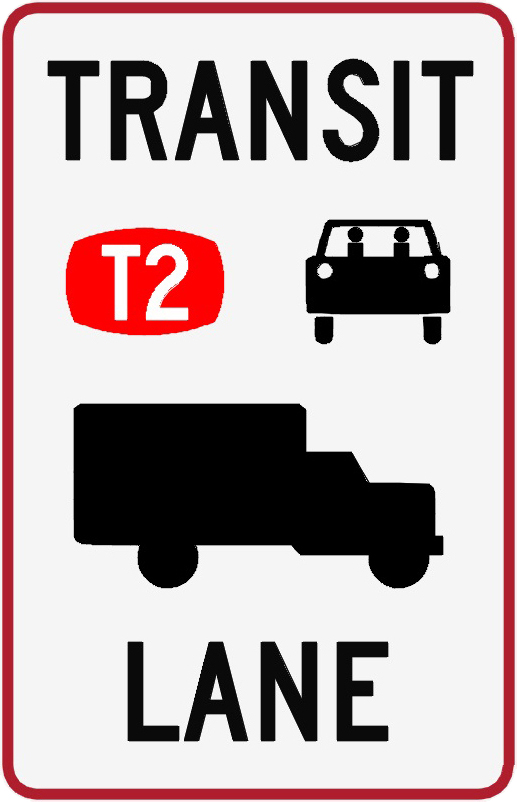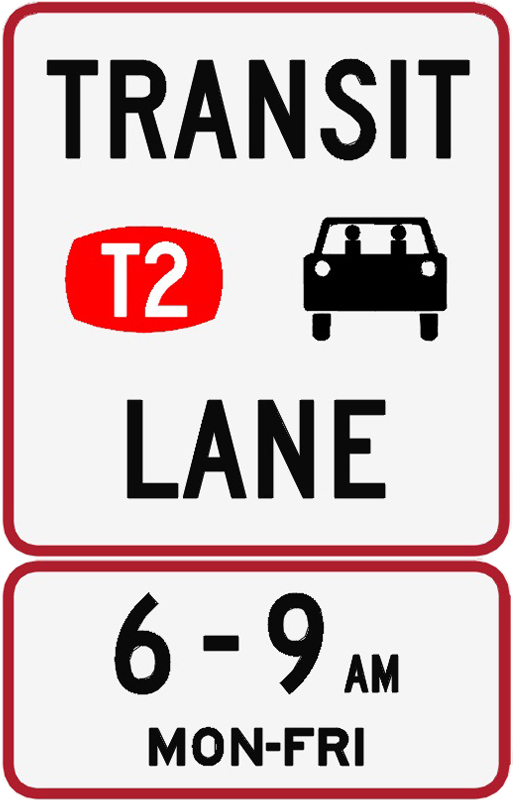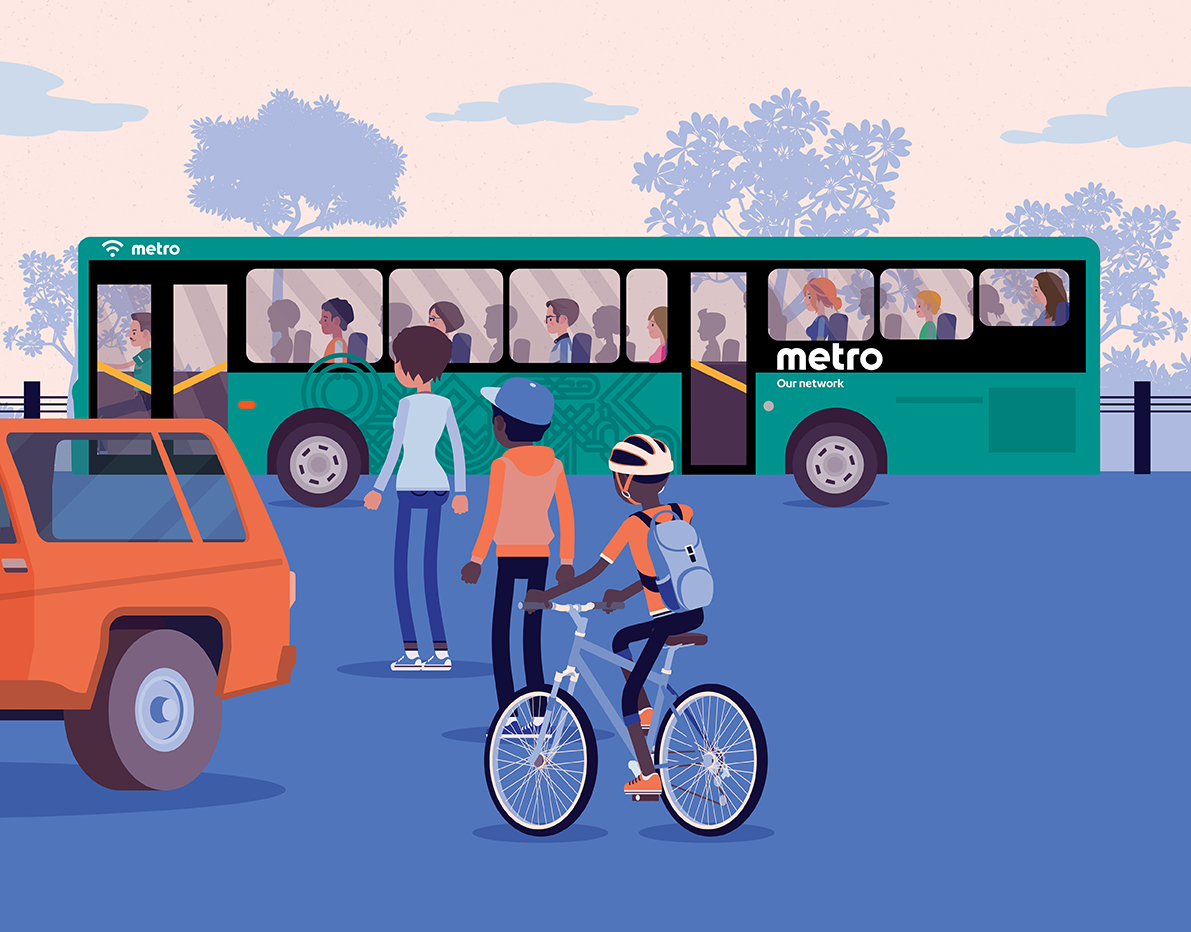T2 lanes, direct buses, Park & Ride and the shared path on the CNC
![]()
![]()
![]()
![]()
![]()
Part of the CNC project was to provide facilities and infrastructure to make it easier for people to walk, cycle, take public transport and carpool.
These projects: The T2 lanes, the Park & Ride facilities in Kaiapoi and Rangiora, the new direct bus services between Waimakariri and Christchurch CBD and the CNC’s shared cycle/pedestrian path will help provide Canterbury a more balanced transport system today, and in the future.
- T2 – Travel 2gether
- Direct buses to the CBD
- Park & Ride
- Walking and riding
- Frequently asked questions
T2 lanes on the motorway – Travel 2gether 
How to T2 – Travel with at least one passenger in your car to use the new T2 lanes. Buses and motorbikes can also use the T2 lane.
The benefits of using a T2 lane are widespread – they provide an excellent option for getting into the city a bit faster and help reduce the environmental impact of too many cars on the road.
If you can’t use the T2 lanes, you will still benefit from reduced traffic and emissions – every car in the T2 lane, is two less cars in the normal lane.
There are two T2 lanes southbound on the new CNC motorway:

The Tram Road On-Ramp T2 lane operates 24/7. It is also a freight lane which is open to trucks.

The CNC Motorway T2 lane operates from 6am to 9am, in the right-hand lane, on weekday mornings.
These animations give more detail on how to use the Christchurch Northern Corridor carpooling lanes:

View larger image [PDF, 31 KB]
Direct buses to the CBD 
Metro’s direct bus service
Check out information on the Metro’sfast and direct bus services:
Park & Ride 
Waimakariri District Council has added more Park & Ride facilities in Kaiapoi and Rangiora.
Use the Park & Ride facilities to take advantage of the T2 lanes, parking your car or bike and then catching the bus or even meeting up with friends to carpool.
Rangiora Park & Ride:
- Northern Rangiora – River Road beside the dog park
- Central Rangiora – White Street in the existing location beside Dudley Park
- Southern Rangiora – South Belt, at Southbrook Park
Kaiapoi Park & Ride:
- Central Kaiapoi – behind New World between Sewell Street and Charles Street
- Southern Kaiapoi – just south of the Tram Road on-ramp at Wrights Road
Each Park & Ride facility has lighting, security cameras and facilities for secure bike storage. Parking is free.

Walking and riding 

The CNC off road shared path runs along the entire length of the motorway, and then connects paths both north to Waimakariri and south to central Christchurch. With the increase of e-bikes, commuting from Belfast and north of the Waimakariri River is now a real possibility. The clip-on path over the Waimakariri River provides access over the river for all cycle skill levels.
Detailed CNC shared path map [PDF, 3.3 MB]
